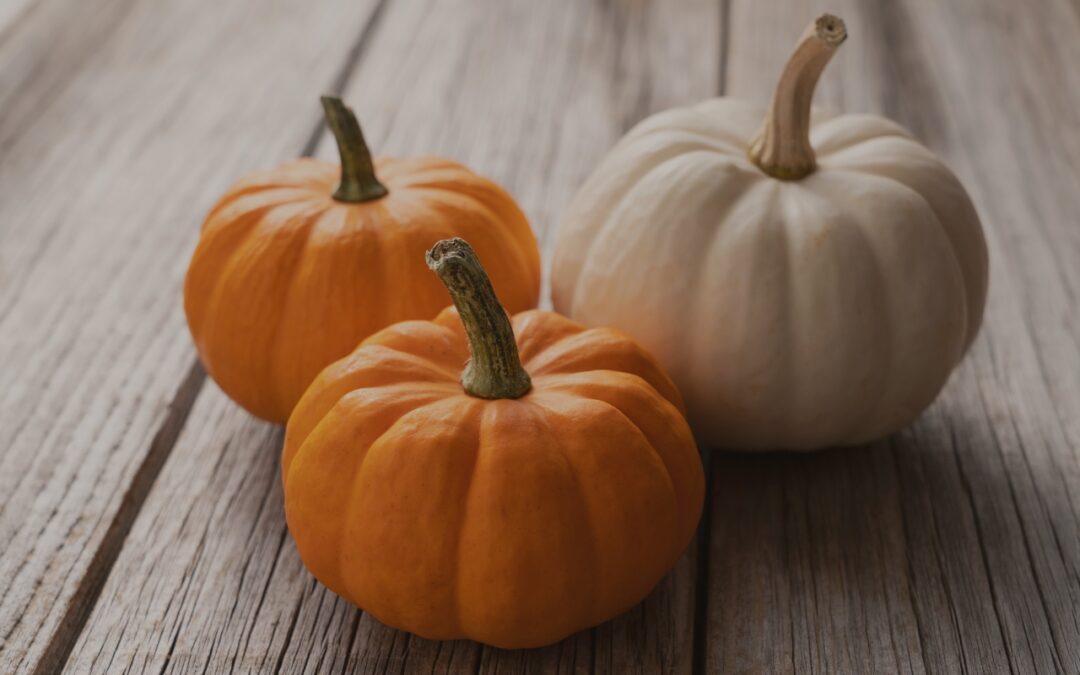Think about how a light bulb is powered… by electricity or a battery. But can a light bulb be powered by fruit? What a crazy concept!
Let’s explore the way a fall fruit can power a battery. Even though we may think that a pumpkin is a vegetable, by scientific definition it’s actually a fruit. You might have tried this experiment using a common, acidic fruit like a lemon or an orange; let’s try a pumpkin and see if it’ll work.
Gather Your Materials: What You’ll Need For Your Experiment
Note: With the exception of the pumpkins, all materials are available from a science supply store or Amazon. The good news is that they’re reusable for all sorts of electricity experiments when you’re done with this one.
- Knife (adult supervision required)
- 4- Pure zinc strip
- 4- Pure copper strip
- 5 wires with alligator clips
- LED lightbulbs
- Multimeter
- 4-5 small, fresh pumpkins (if you’re careful, you can also decorate with these)
Understanding Circuits: The Basics of Electrical Flow
Before you begin, let’s remember some things about circuits. First, the word circuit comes from the same root word as the word circle. Keep that in mind. When you create a circuit; you need a complete circle. If any end of your circuit is not connected, your lightbulb won’t light.
Circuits allow the continuous flow of electrons. This is completed by linking a positive to a negative.
The easiest way to visualize this is a battery that has a + (cathode) on one end and a – (anode) on the other. If you line up batteries, positive ends connect to negative ends. Reversing them will cause a disruption to the flow of power.

Formulating Your Hypothesis: How Many Pumpkins Will It Take?
Can one pumpkin power an LED light? Can 2? 3? 4? How many pumpkins will it take to turn on a lightbulb? Will this work at all?
Step-by-Step Experiment: Building Your Pumpkin Power Chain
Visit our author’s site at The Mystery of Science for this fun fall experiment!

